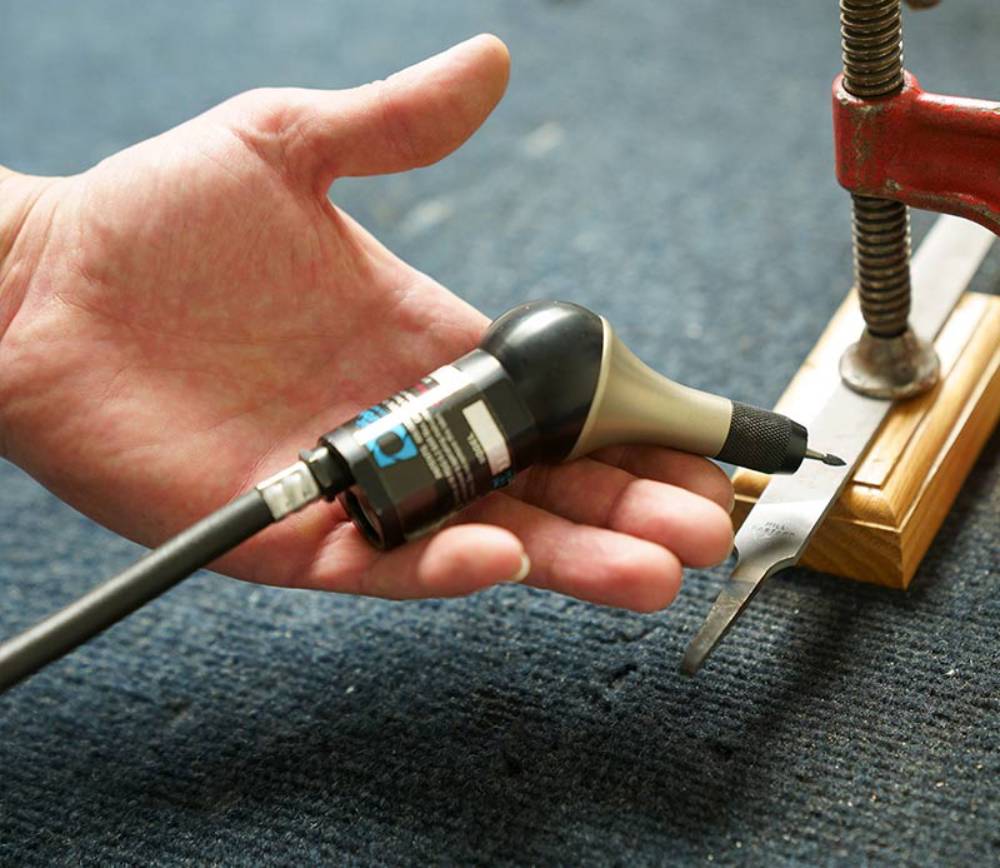5 Essential Tips for Maintaining Your Pneumatic Router in Top Condition
Routers are powerful woodworking tools that spin cutting bits to profile edges, cut joints, and trace shapes. These air-powered tools operate on compressed air, run cool for a long lifespan, and require little maintenance. Over time, though, debris can build up inside the router and cause problems. To keep your pneumatic router in top condition, follow these tips:
Inspect the Brushes
Often overlooked, it’s essential to inspect the brushes of a pneumatic router regularly. Using the tool with a worn brush can cause damage to more expensive parts of the router, like the armature. A good rule of thumb is to replace the carbon brushes when they are less than 50% of their original size.
This can be done by opening the access covers and removing the brushes. In addition to ensuring that the brushes are in good condition, it is also essential to ensure that the collet and chuck are clean and in good working order.
A dirty or worn chuck and collet can allow some slippage, leading to rough cuts. To check for this, use 400- or 600-grit wet/dry sandpaper to inspect the collet and chuck for rough surfaces. Also, an excessively tightened nut can deform the collet and cause it to lose its grip on the bit shank, which could result in bit slippage.
Clean the Vents
Air-powered routers spin cutting bits to profile edges, create grooves and slots, cut joints, and trace shapes. They are used in various industrial applications and are a staple tool in many workshops and job sites. Keeping the vents clear of dirt and dust will prevent the device from overheating. It is a good idea to clean the router periodically, such as once every month.
This will minimize the need for a deeper cleaning. To clean the vents, ensure the router is turned off and unplugged. Use a dry cloth to wipe down the exterior of the router and any vents and ports. Working in a well-ventilated area is also a good way to avoid inhaling dust particles.
After you’ve wiped down the surface, use a can of compressed air to blow out the ports and any openings in the router. Use short bursts so that moisture doesn’t build up inside the device. This can lead to corrosion and damage to the router. An inexpensive torch tip cleaning set can clean the collet or steel sleeve that holds the router bits in place.
Clean the Motor
Pneumatic routers are invaluable tools in workshops and on job sites, providing unmatched precision and consistency. While most of a router’s work is invisible to the naked eye, many factors can damage or wear it down over time. One such problem is excessive sparking from worn brushes, which can damage the soft copper surface of the commutator.
To prevent this, check the brushes regularly and replace them when they show signs of wear. In addition to general cleaning, you should inspect the collet and motor for dirt and other contaminants. Inspect the collet for rust or a chewed-up bore that can cause bits to slip. If the latter occurs, it’s time to replace the collet. Most routers have a base design that makes disassembly difficult, but you should clean and lubricate without taking the tool apart.
For instance, if dust has packed the spiral grooves on the base’s shaft, compressed air can often clear it. An aerosol-penetrating oil, such as WD-40, may also be helpful. After clearing away any contaminants, run a bit of fine mill file through the grooves to remove any raised burrs that could interfere with proper operation.
Clean the Table
Keeping your router’s table clean prevents tearout and burning wood. Often, this is as simple as running a hose from your workshop vacuum through the vents on the top of the router to suck away debris and dust. Then, wipe down the table and chuck it with a damp cloth. It’s common for the height-adjustment mechanism to bind up with grime, which can also hinder precise adjustments.
Likewise, clumps of sawdust can get lodged behind and between switches and levers, making operating difficult. Routine lubrication is a must for almost any machine, and a router is no exception. A dry lubricant spray on moving parts and a rust prevention agent before storing the tool keeps it in good working order.
This process is critical if the router uses compressed air. Clean, dry air at a stable pressure above 80 psi (6 barometric) is needed to ensure the smooth operation of the router. Otherwise, the machine is likely to break down within a short time frame. It could also void the manufacturer’s warranty–something no business owner wants to face.
Unplug the Tool
Pneumatic routers spin bits to shape and cut materials for various tasks. They are powered by compressed air and have few moving parts for durability and efficiency. They are often used for intricate woodwork, forming decorative edges, mortising hinges and locksets, or creating detailed engravings.
They are lightweight for easier handling and run cool for long motor life. Like any electronic device, capacitors take a second or two to discharge residual energy fully when you flick the power switch off. This residual energy could prevent memory chips from wiping and cause problems when you restart the router. Pneumatic tools are a staple of any shop, factory, or job site.

